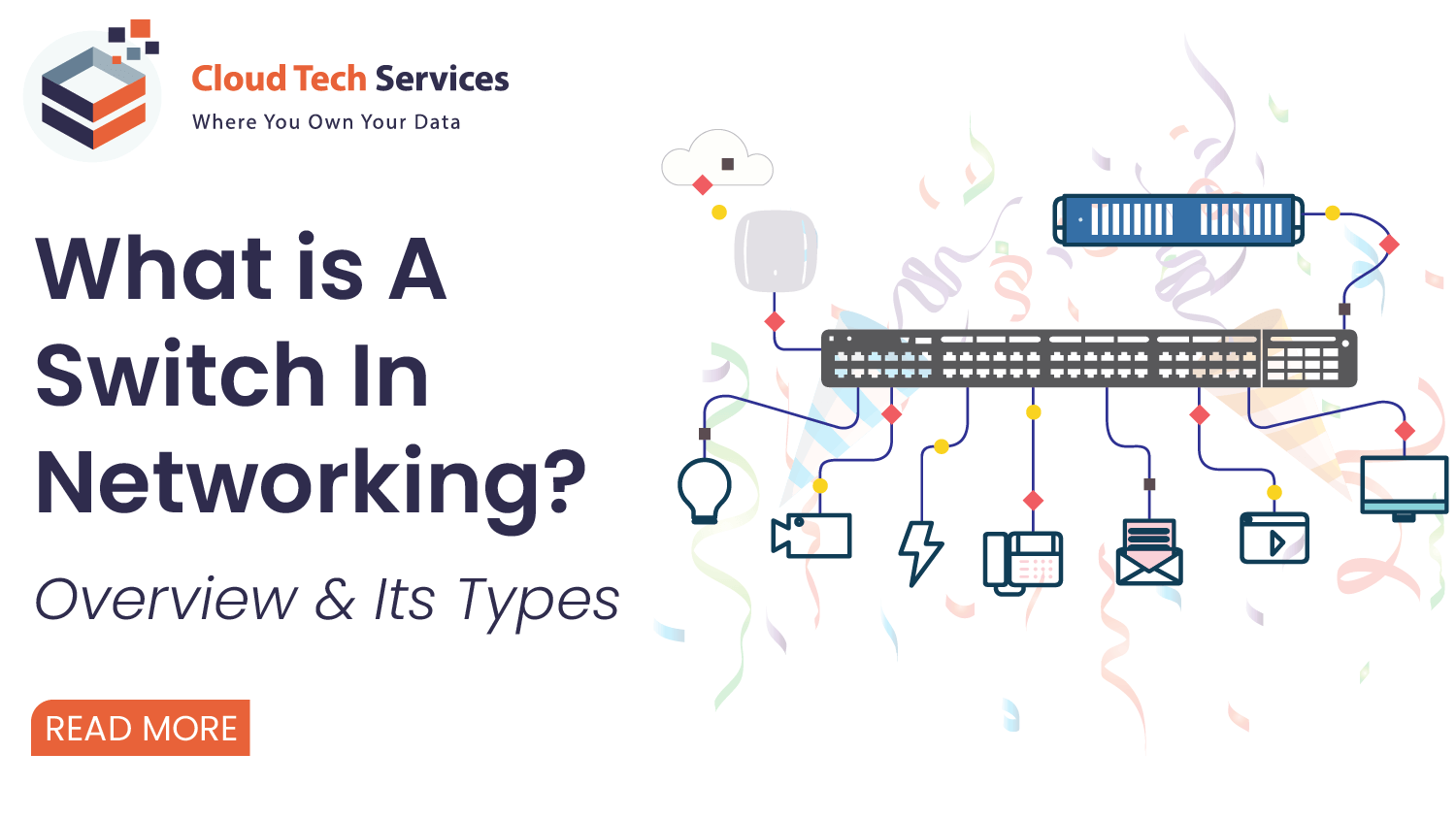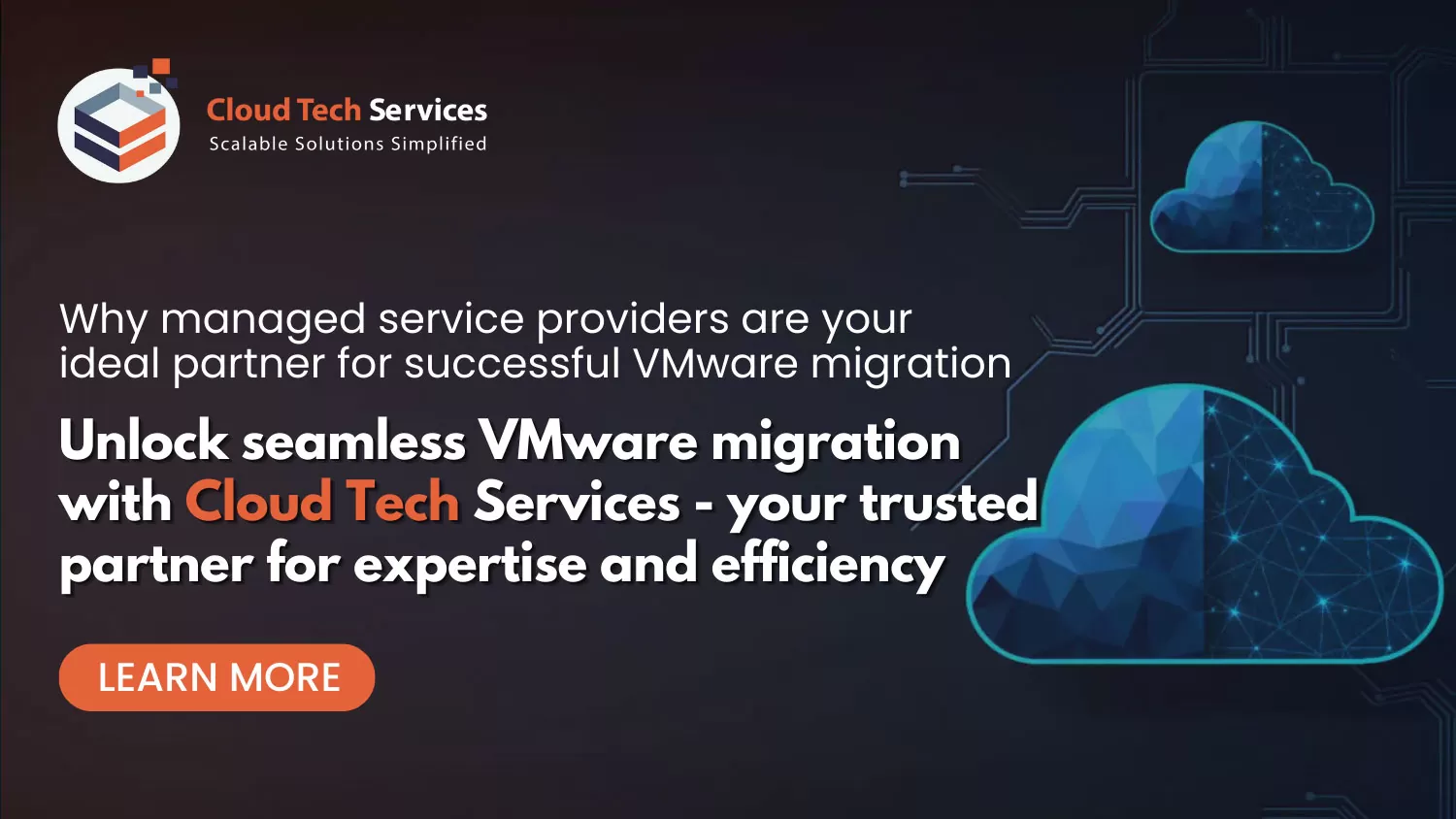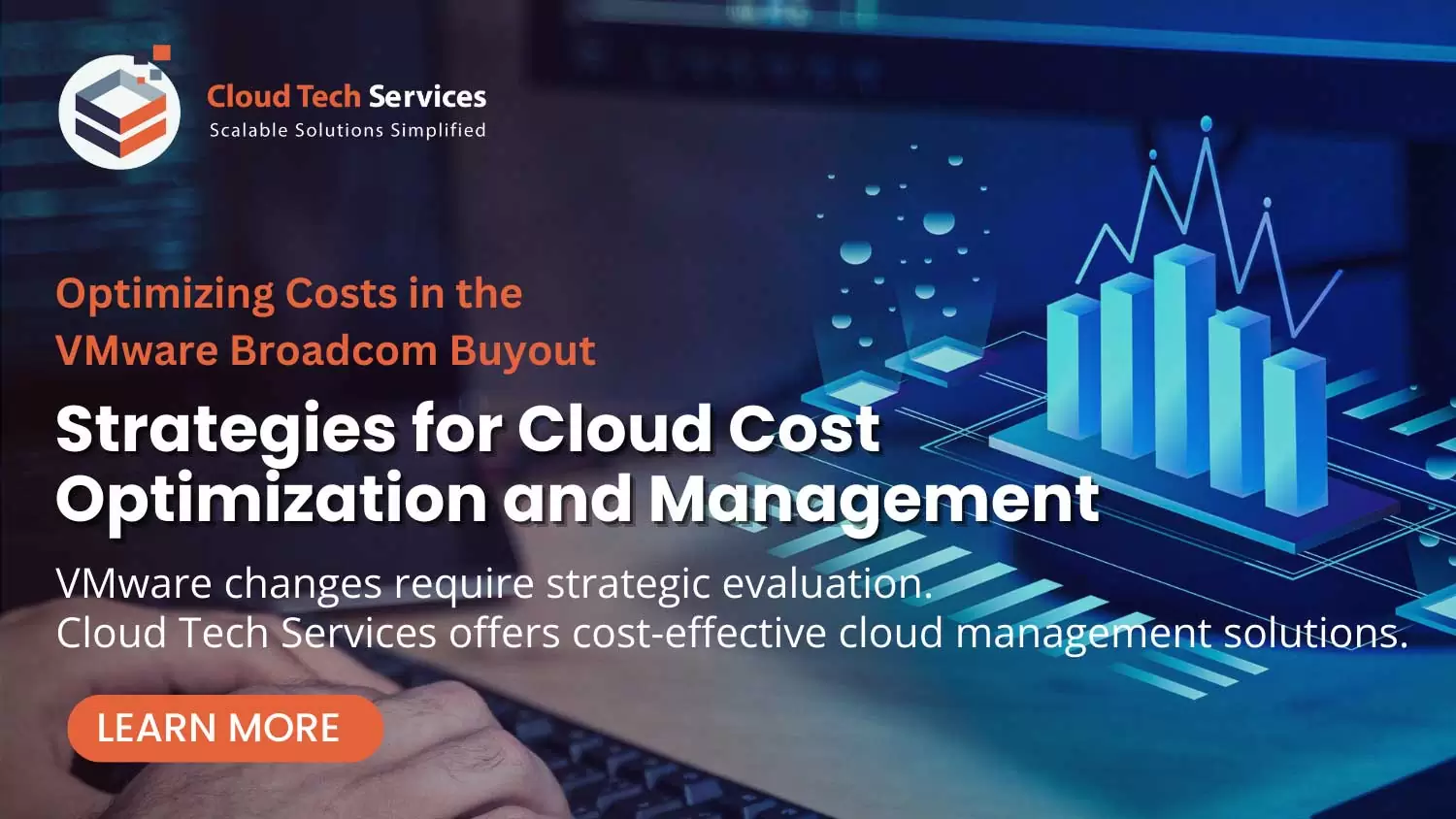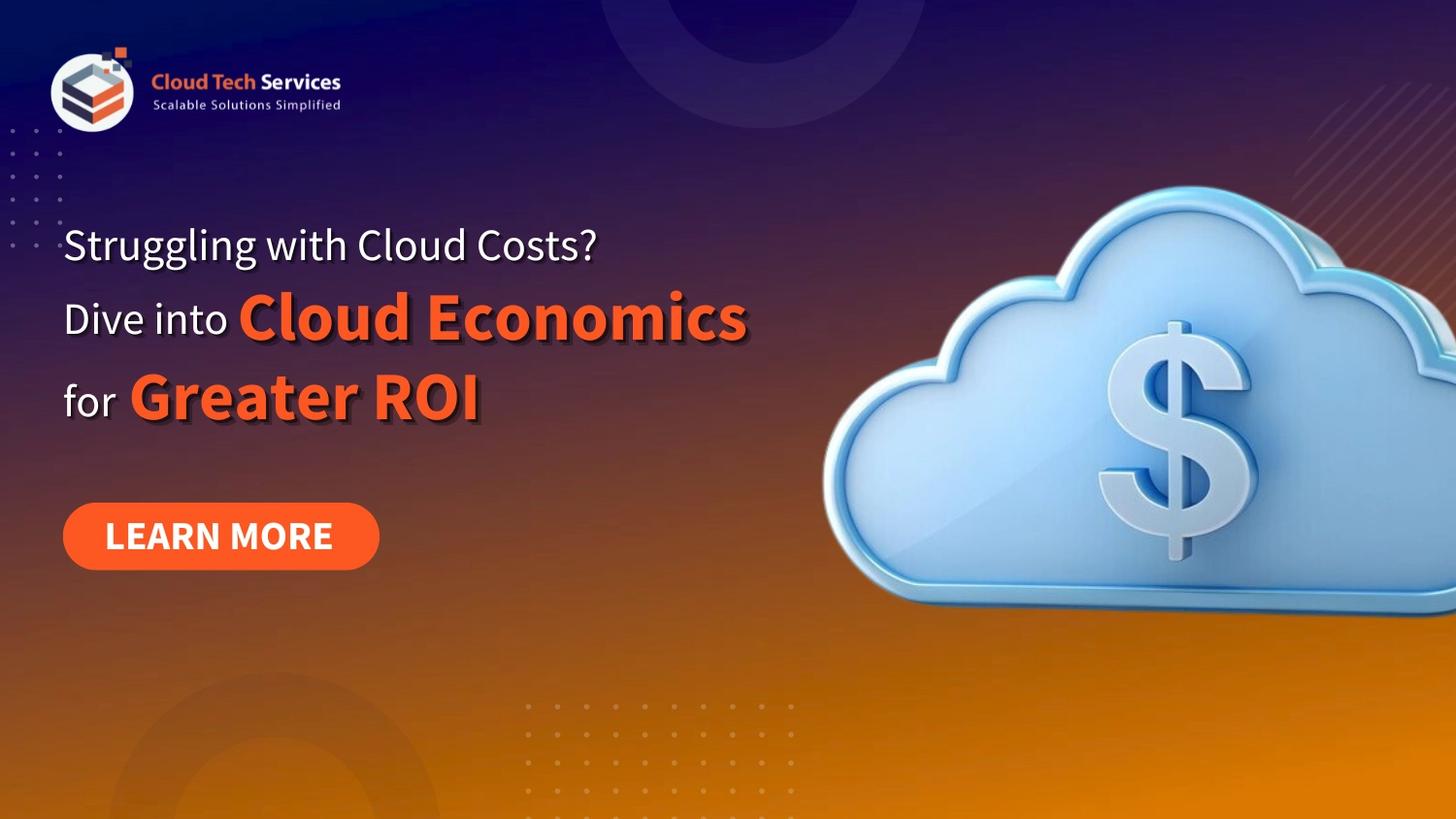Struggling with Cloud Costs? Dive into Cloud Economics for Greater ROI
Did you know 92% of enterprises have a multi-cloud strategy, utilizing multiple cloud providers for different needs – IBM
As multi-cloud technology continues to reshape how businesses operate, understanding cloud economics becomes essential, not just for cutting costs, but for driving strategic value. Cloud economics isn’t just about slashing expenses; it’s about using the cloud to boost efficiency and spark innovation.
What is Cloud Economics?
Demystifying the Financial Framework of the Cloud
So, what is cloud economics?
At its core, it’s the study of how cloud computing impacts your financial strategy. But it’s more than just understanding costs, it’s about recognizing how the cloud can transform your financial framework.
Understanding cloud economics is essential for businesses today. It’s not enough to simply migrate to the cloud; you need to manage costs, optimize spending, and align your cloud investments with your business objectives. Mastering cloud economics sets the stage for long-term success.
Breaking Down Cloud Economics:
From Theory to Practice
Cloud economics is powerful in theory, but it shines in practice. Imagine aligning every dollar you spend on the cloud with your strategic goals. That’s the potential when you put cloud economics into action.
Cloud services let you scale resources up or down based on demand, ensuring you only pay for what you use. This flexibility leads to significant cost savings and operational efficiencies. But to truly benefit, you need to monitor your cloud usage and continuously optimize. It’s an ongoing effort, but the rewards are substantial.
The TCO Equation:
How to Calculate True Cloud Costs
When it comes to cloud economics, understanding Total Cost of Ownership (TCO) is crucial. TCO isn’t just about the initial price of cloud services; it includes all costs associated with using those services over time, including data storage, network usage, and maintenance.
To calculate an accurate TCO, you must consider the full picture, both direct and indirect costs. This includes downtime, potential service disruptions, and the impact on productivity. By accurately assessing your TCO, you can make informed, strategic decisions about your cloud investments.
CapEx to OpEx:
The Financial Shift Transforming Business Models
One concept transforming business operations is the shift from capital expenditures (CapEx) to operational expenditures (OpEx). Traditionally, businesses invested heavily in hardware and infrastructure upfront (CapEx). With cloud services, these upfront costs are replaced by a flexible, pay-as-you-go model (OpEx).
According to IDC 80% of organizations have shifted from capital expenditures (CapEx) to operational expenditures (OpEx) due to the flexibility and cost benefits of cloud services.
This shift is more than a financial technicality; it’s a strategic advantage. Moving to OpEx frees up cash flow, allows you to adjust spending as needs change, and aligns IT investments more closely with business activities.
The result? Greater financial flexibility and more opportunities to innovate.
Elasticity and Scalability:
The Economic Advantages of Cloud Flexibility
Elasticity and scalability are economic game changers. Elasticity allows for automatic resource adjustments based on demand, while scalability ensures your system can handle increased workloads without strain.
From an economic perspective, this flexibility is invaluable. Imagine scaling up during peak times without overcommitting resources when demand drops. Cloud economics enables you to be agile, responsive, and cost-efficient.
Why Cloud Economics Matters:
Aligning Financial Strategy with Business Goals
Cloud economics isn’t only about reducing costs; it’s about aligning your financial strategy with broader business goals. Understanding cloud economics helps you make decisions that drive growth, efficiency, and profitability.
For example, if your goal is rapid scaling, cloud economics can help allocate resources efficiently, avoiding overspending or under-investing. Or, if your focus is innovation, cloud economics provides the financial insights needed to invest in the right technologies at the right time. Aligning your cloud strategy with your business objectives boosts your ROI.
The Business Case for Cloud Economics:
Driving ROI and Competitive Advantage
ROI is the ultimate goal. A well-executed cloud economics strategy isn’t just about cost savings; it’s about driving significant ROI and gaining a competitive edge.
Companies that regularly review and optimize their cloud resources see up to 20% improvement in their return on investment (ROI) – AWS
By optimizing cloud spending, you free up resources for growth, innovation, and strategic projects. Additionally, the agility provided by cloud economics enables you to respond to market changes faster than competitors, giving you a clear advantage.
Avoiding Common Pitfalls:
How to Sidestep Costly Cloud Economics Mistakes
Missteps in cloud economics are common, even with the best intentions.
As per a recent report by CloudHealth by VMware over 50% of businesses admit to experiencing unforeseen costs due to lack of cloud cost management practices.
Common mistakes include:
- Underestimating migration costs
- Neglecting ongoing optimization
- Being surprised by hidden fees
Avoid these pitfalls by:
- Adopt a proactive approach to cloud economics:
- Regularly review cloud usage
- Stay updated on pricing changes
- Be willing to adjust your strategy as needed
Partnering for Success with Cloud Tech Services (CTS)
Cloud economics can be complex, but it doesn’t have to be overwhelming. Contact CTS today, and let’s optimize your cloud strategy for success.















